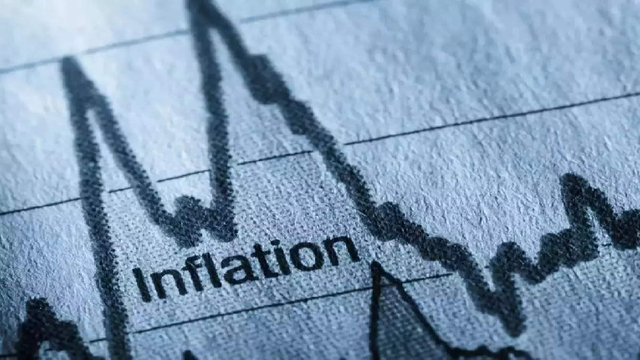
Inflation refers to the increase in the overall price level of goods and services in an economy. This results in a decrease in the purchasing power of money. Conversely, deflation refers to a decline in the general price level. The inflation rate, which represents the annualized percentage change in a general price index, is used to measure inflation. Consumer price indexes (CPIs) are commonly employed to track price changes, while the employment cost index is utilized for monitoring wages in the United States.
There is disagreement among economists regarding the causes of inflation. Low or moderate inflation is often attributed to fluctuations in real demand for goods and services, as well as changes in the availability of supplies, particularly during times of scarcity. Moderate inflation impacts economies in both positive and negative ways. Negative effects include an increase in the opportunity cost of holding money and uncertainty about future inflation, which can discourage investment and savings. In cases of rapid inflation, consumers may hoard goods due to concerns about future price increases, leading to shortages. Positive effects of moderate inflation include reducing unemployment through nominal wage rigidity, granting the central bank greater flexibility in conducting monetary policy, promoting loans and investments over hoarding money, and avoiding the inefficiencies associated with deflation.
Today, the majority of economists support maintaining a low and stable inflation rate. Low inflation, as opposed to zero or negative inflation, reduces the likelihood of economic recessions by allowing the labor market to adjust more rapidly during downturns. It also mitigates the risk of a liquidity trap, where monetary policy is ineffective in stabilizing the economy. The goal of achieving a low and stable inflation rate is typically entrusted to monetary authorities, often central banks, which regulate monetary policy through interest rate adjustments, open market operations, and occasional modifications to commercial bank reserve requirements.
In order to control inflation, a country's central bank and government collaborate by implementing monetary and fiscal policies respectively.
Monetary policy is devised and executed by the central bank. When inflation becomes too high, often due to an excessive inflow of money into the market, the central bank raises the "bank rate" or interest rates. Consequently, other banks are compelled to increase interest rates on various loans. This leads to a decline in people's demand for loans as they face higher interest costs. Additionally, individuals have to allocate more funds towards repaying existing loans. Overall, this reduces consumers' purchasing power. Conversely, when inflation is negative, meaning that the money supply in the market decreases, the central bank lowers interest rates. Moreover, the central bank may engage in open market operations, such as purchasing securities from the market by exchanging them for cash.
On the other hand, the government employs fiscal policy measures to manage inflation. For instance, if the prices of goods continue to rise, the government can reduce indirect taxes to alleviate the burden on consumers. Additionally, the government can address inflationary pressures by increasing salaries, which helps to enhance consumers' purchasing power.
By coordinating both monetary and fiscal policies, the central bank and government aim to maintain stable inflation levels and promote economic stability within the country.